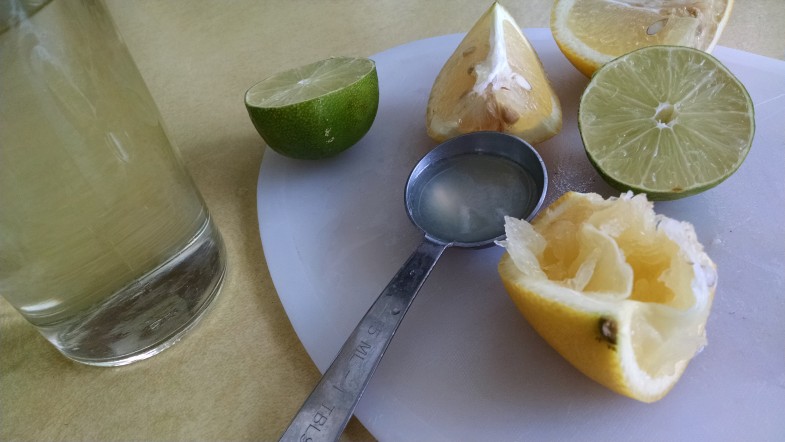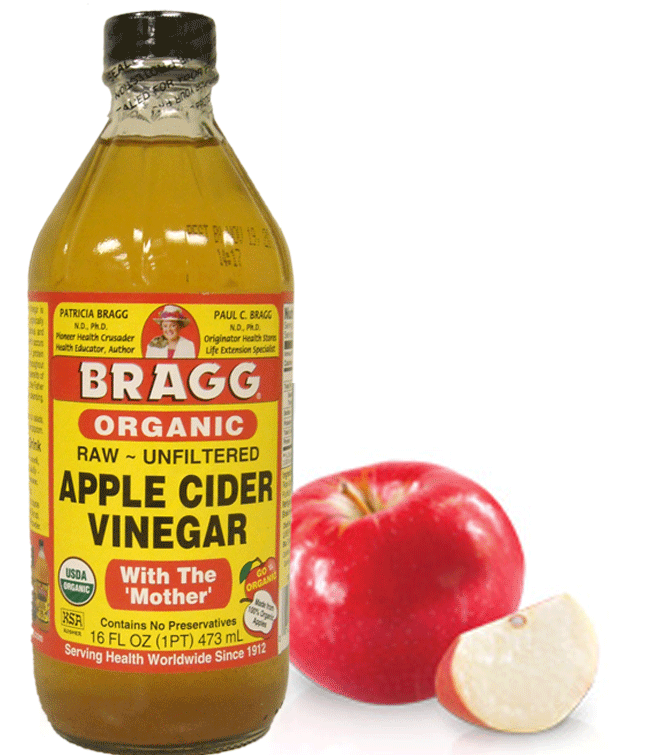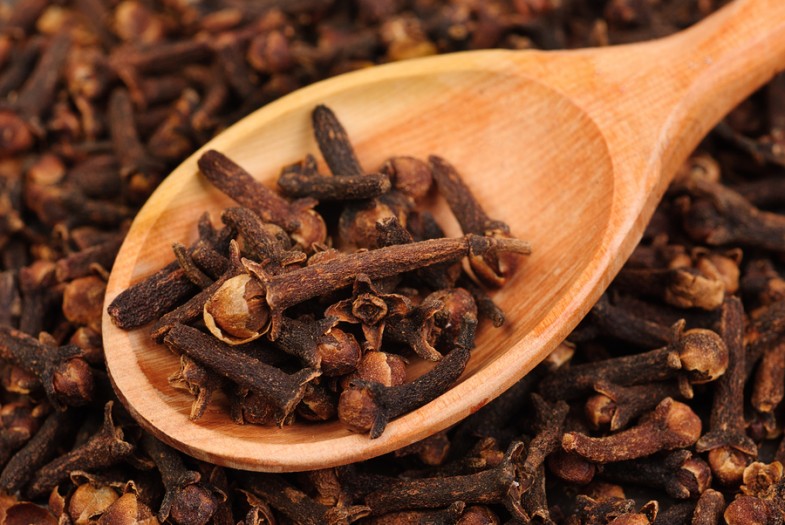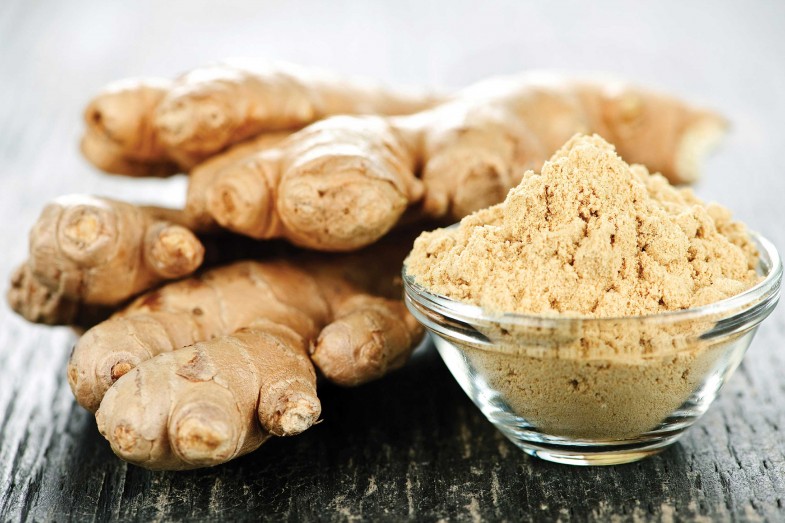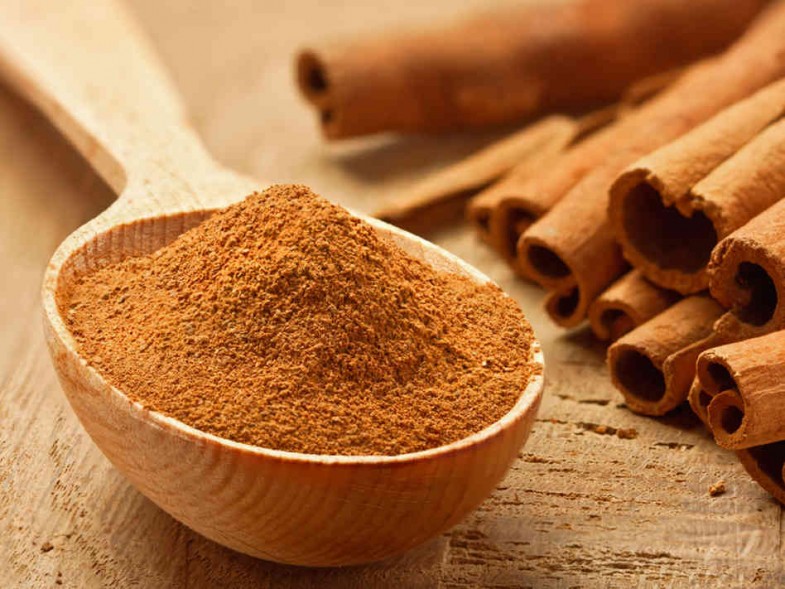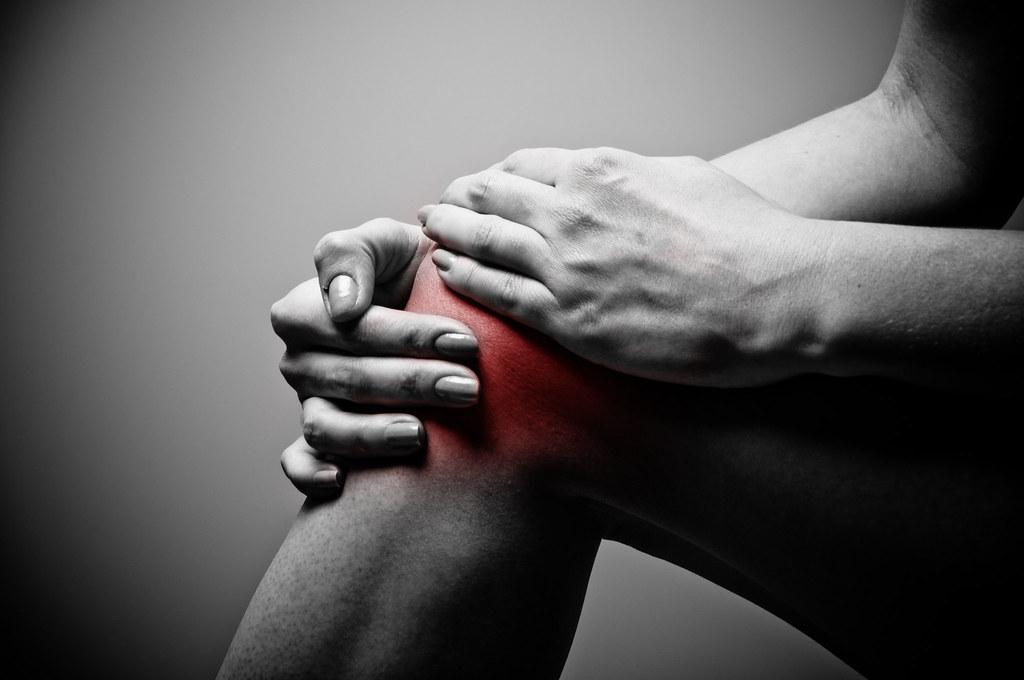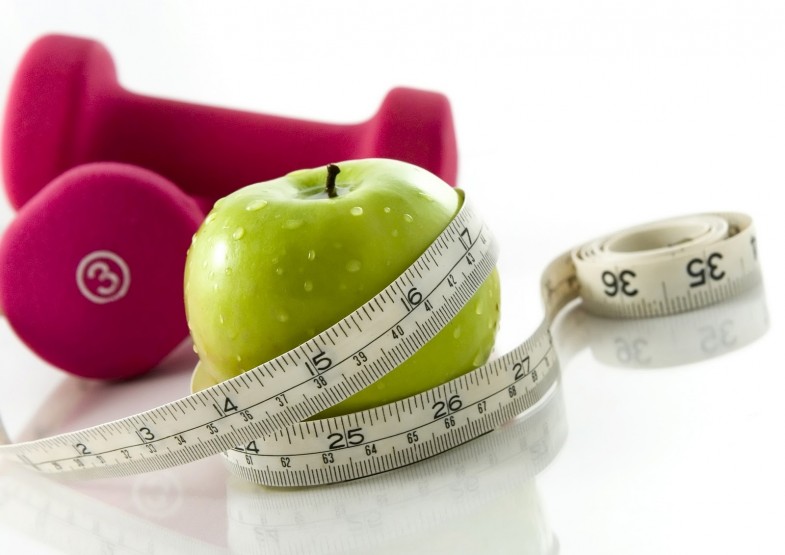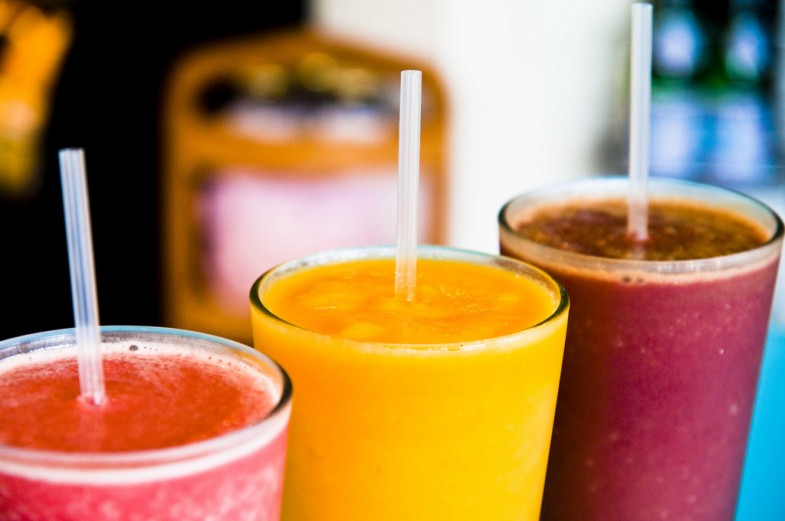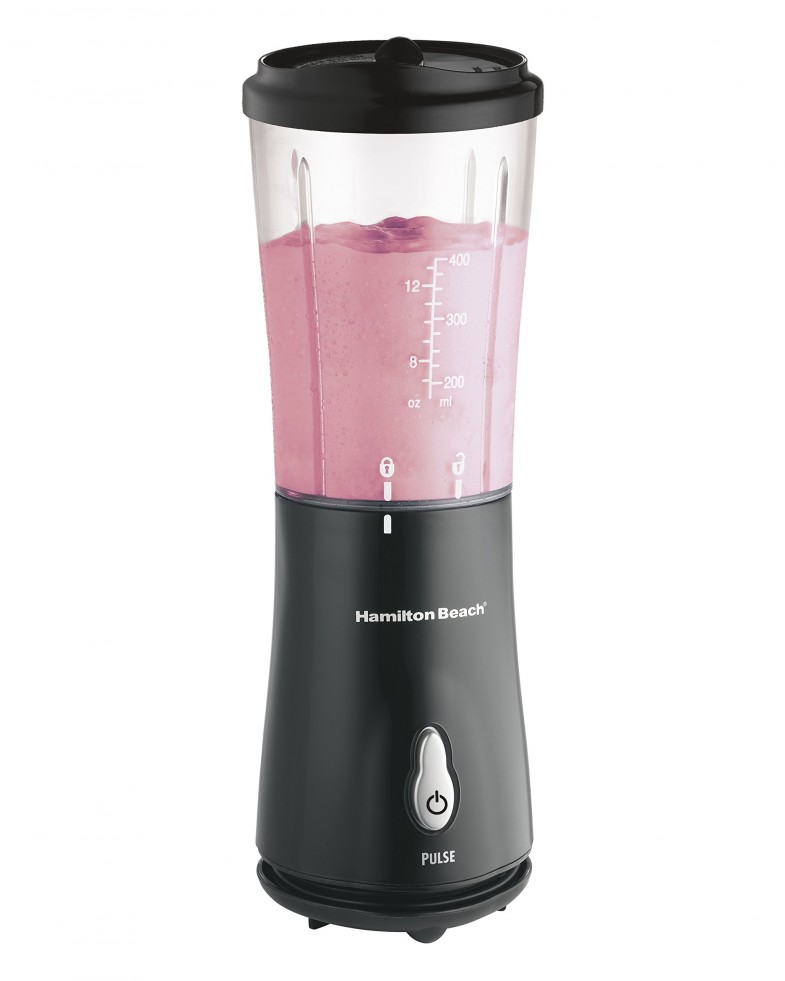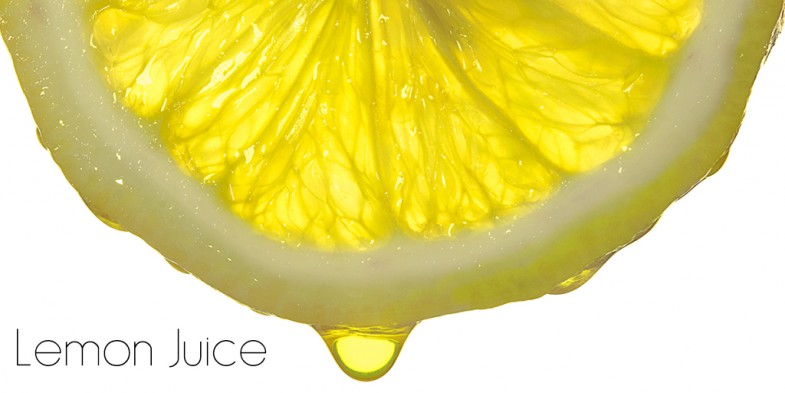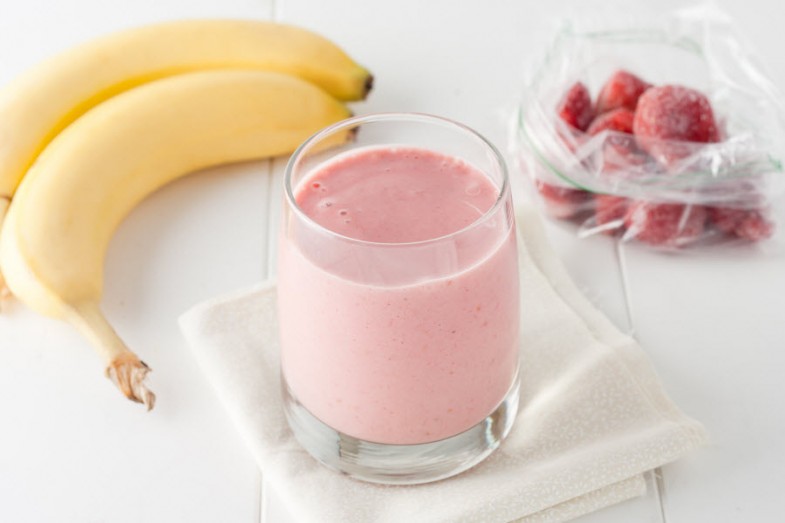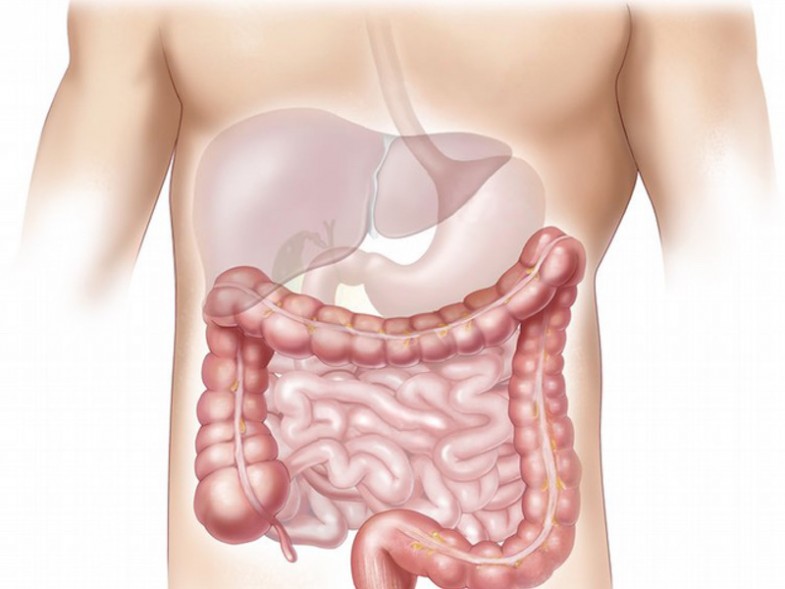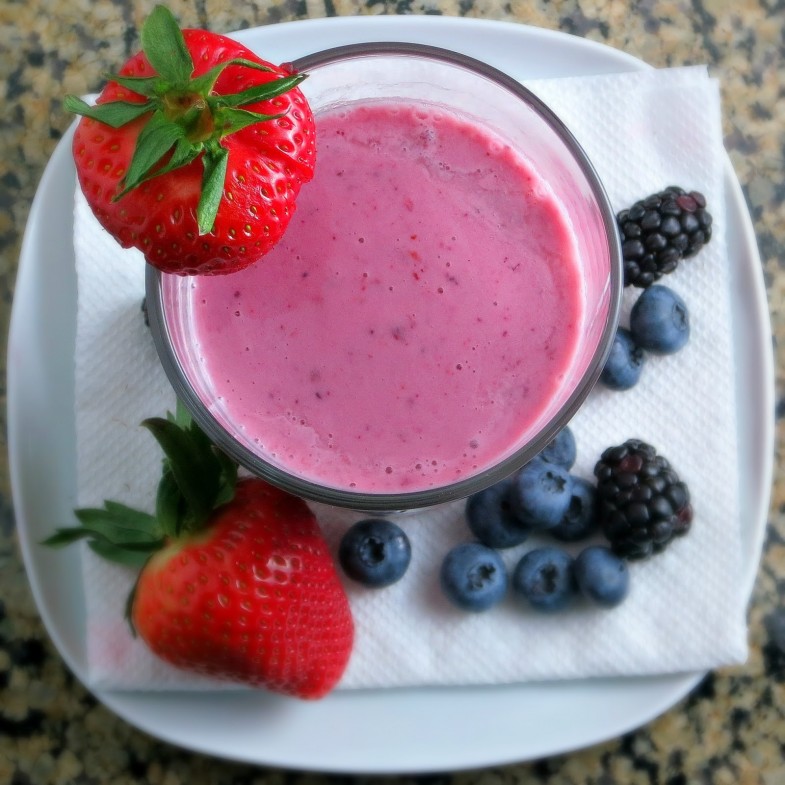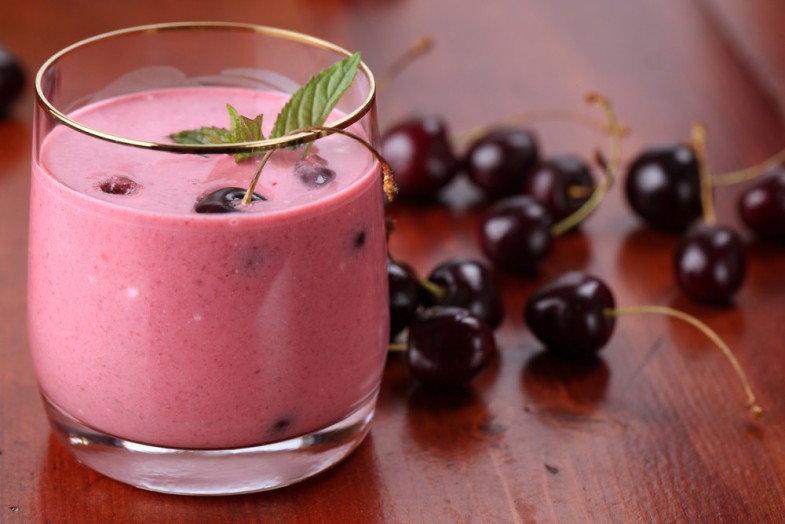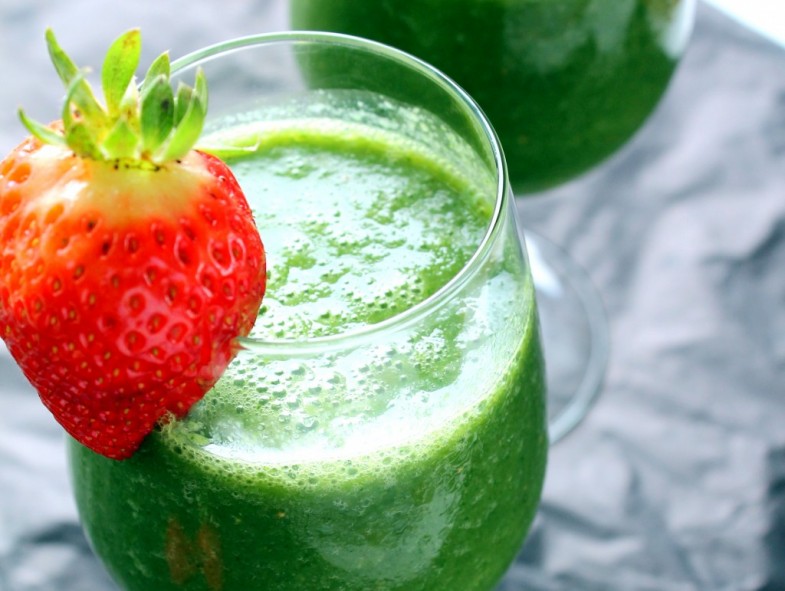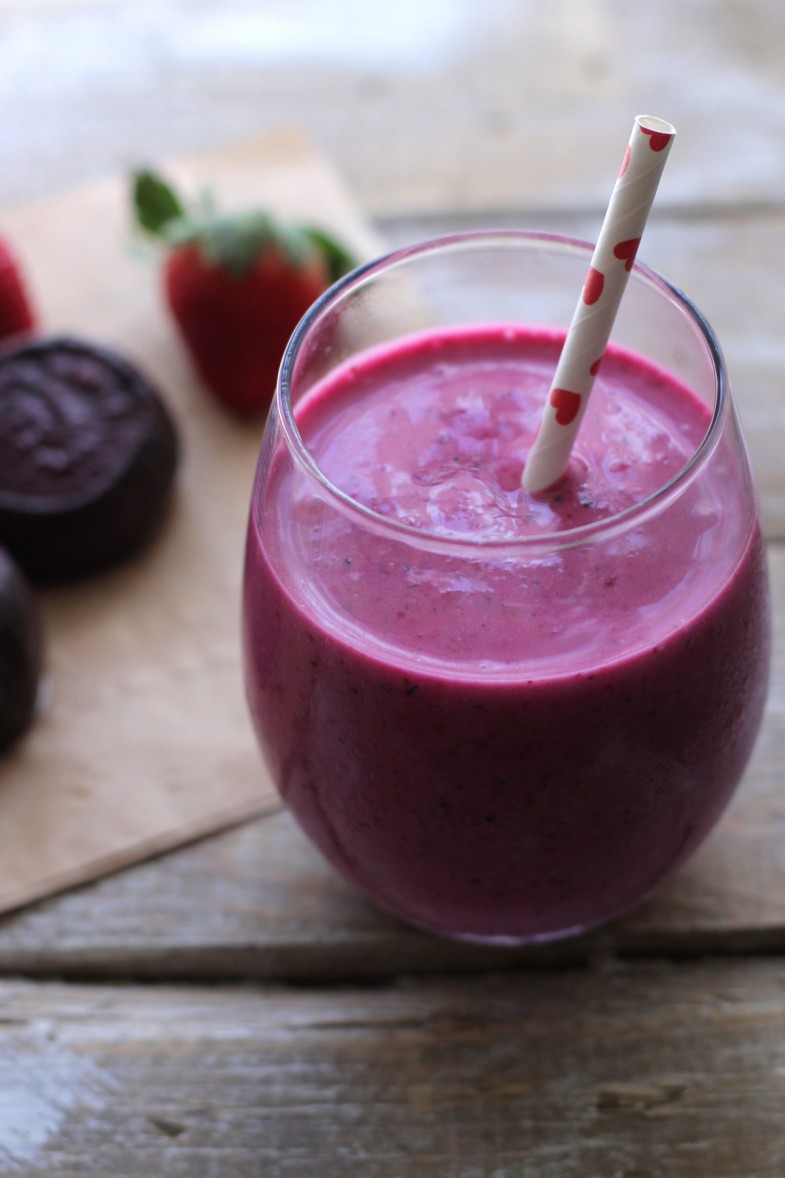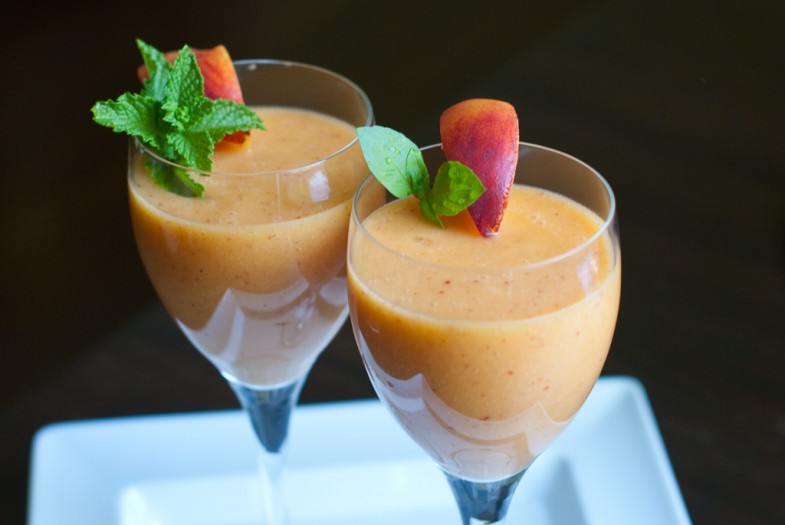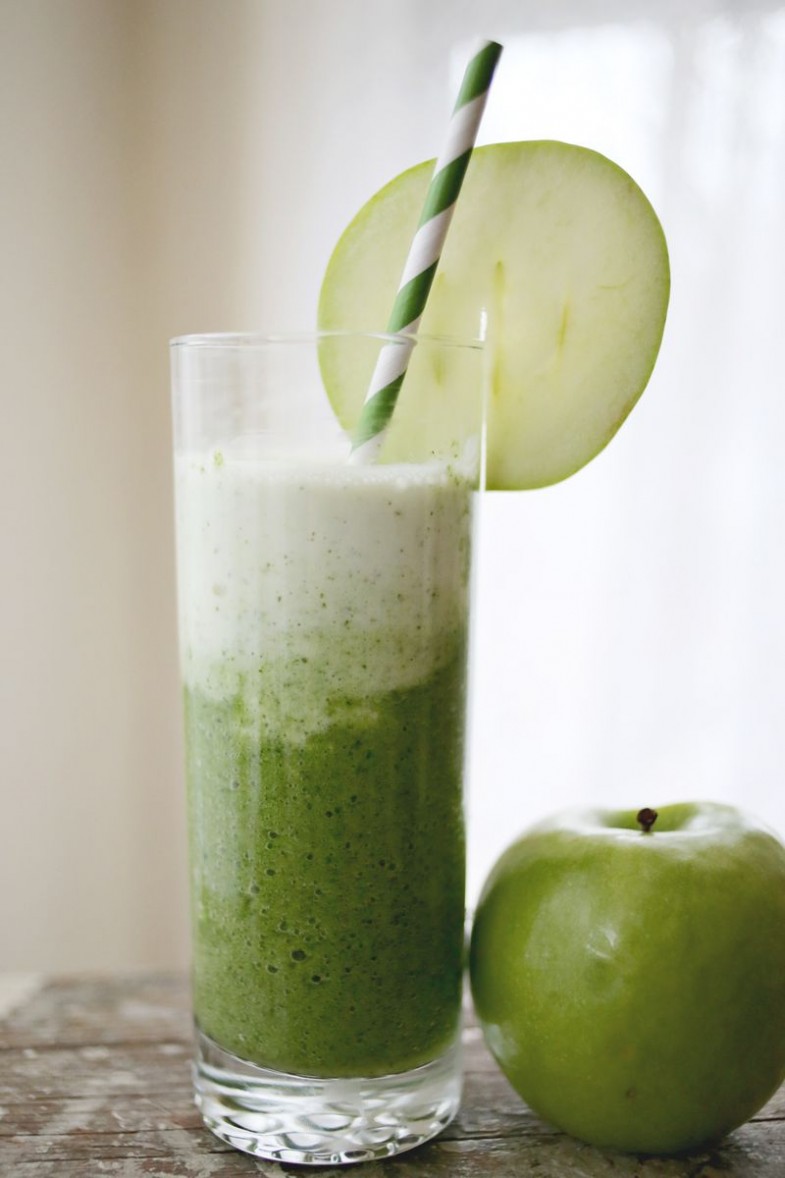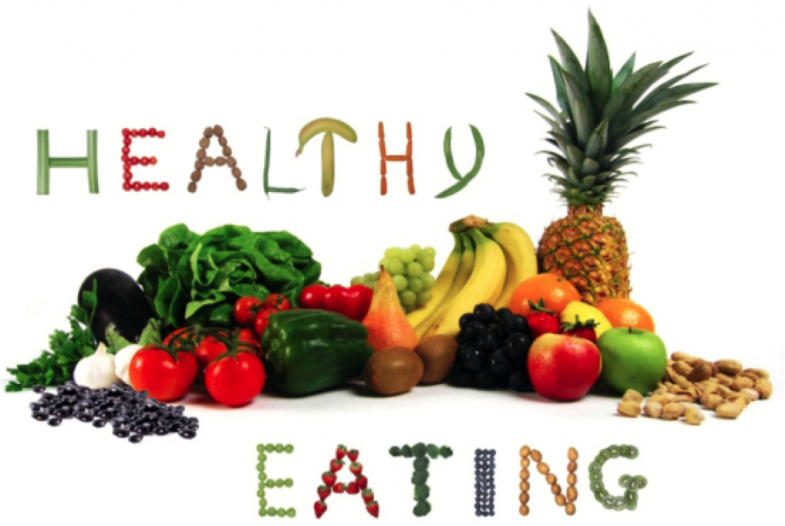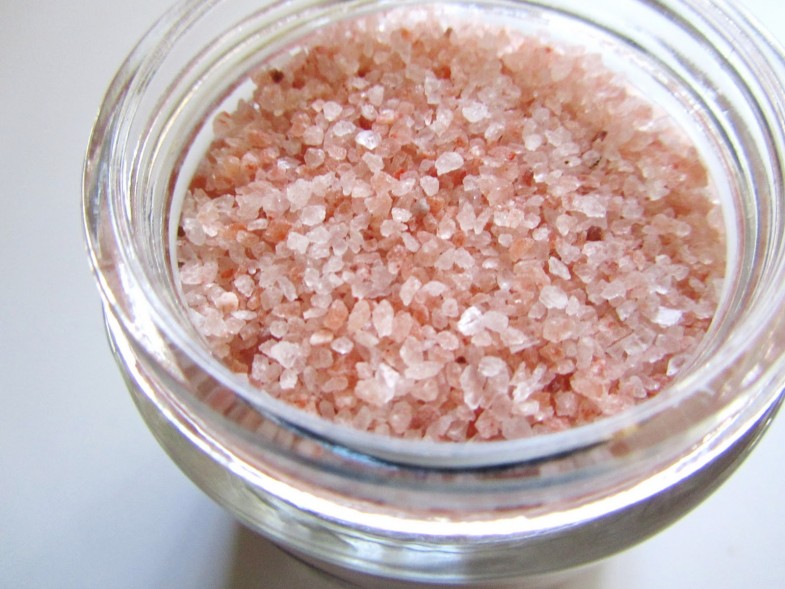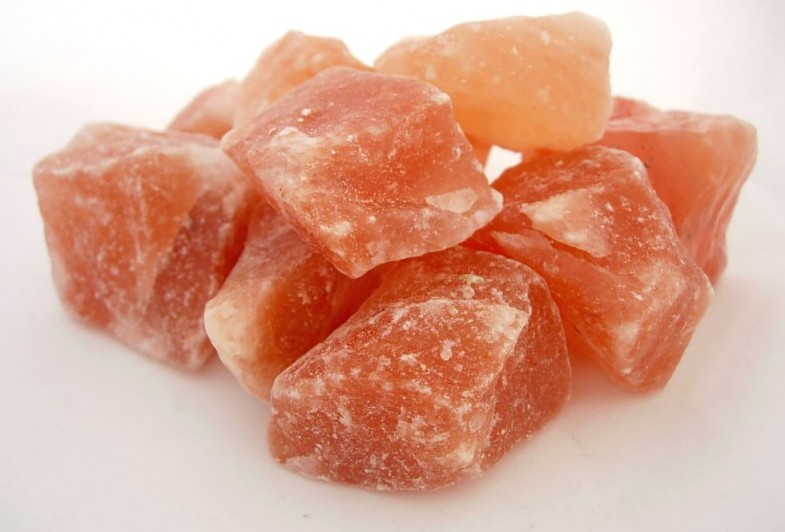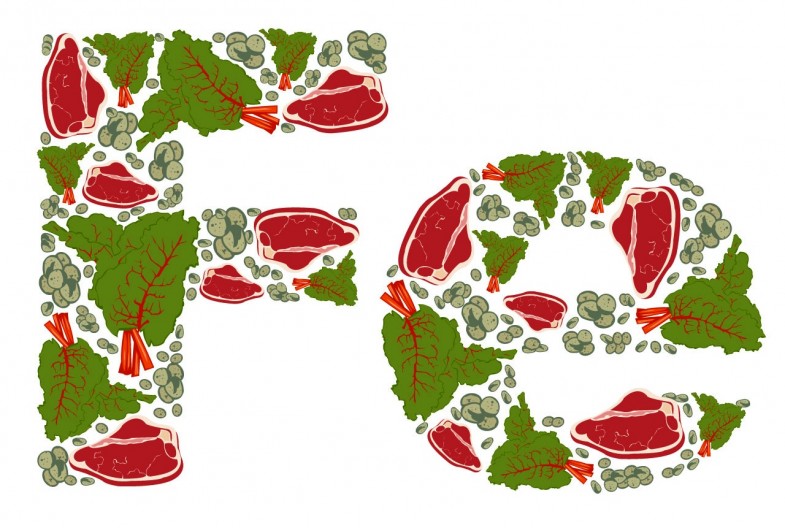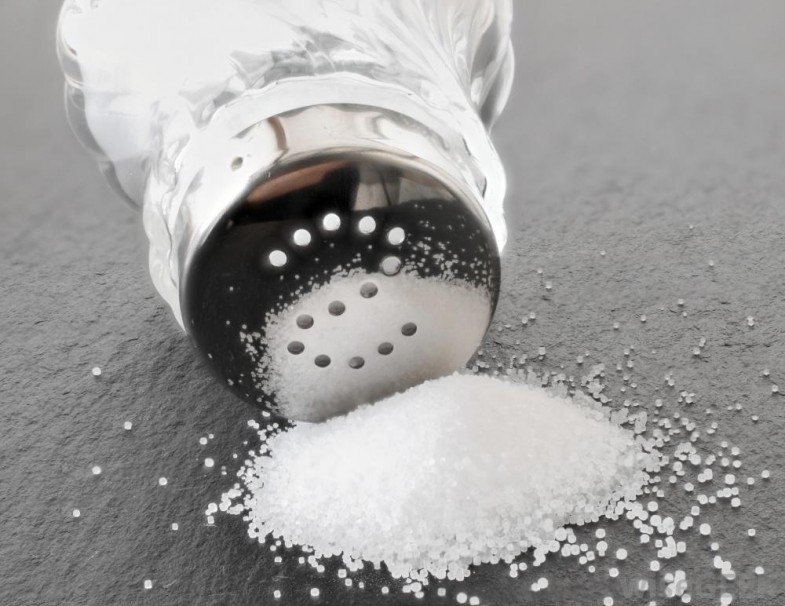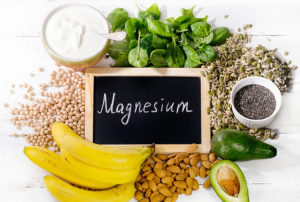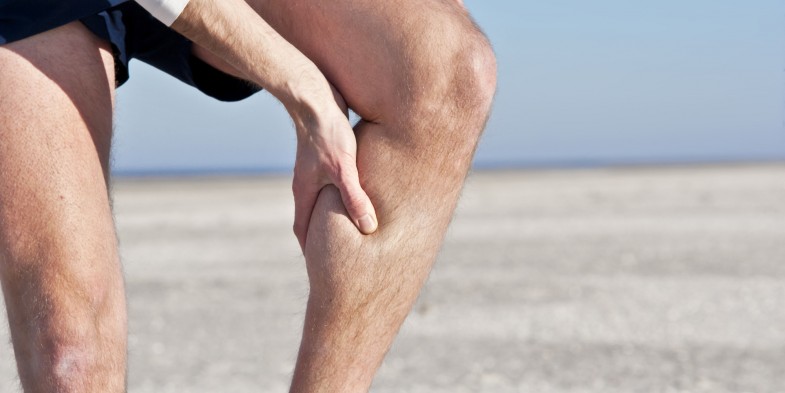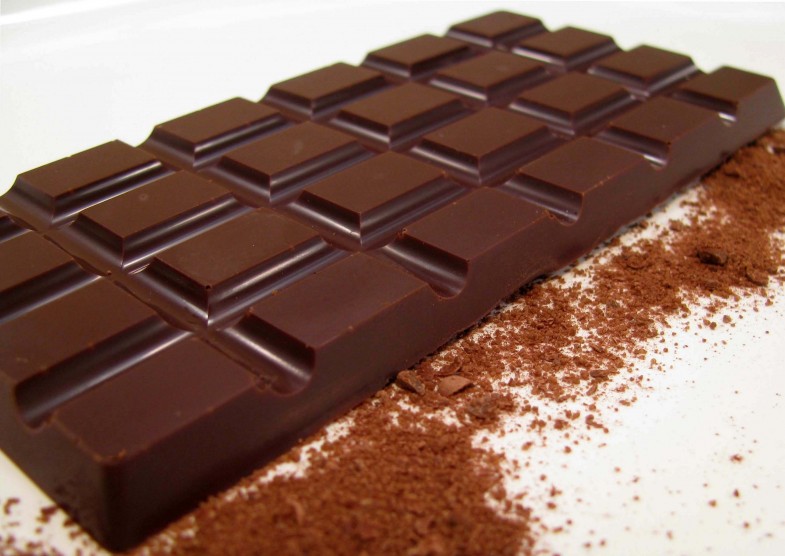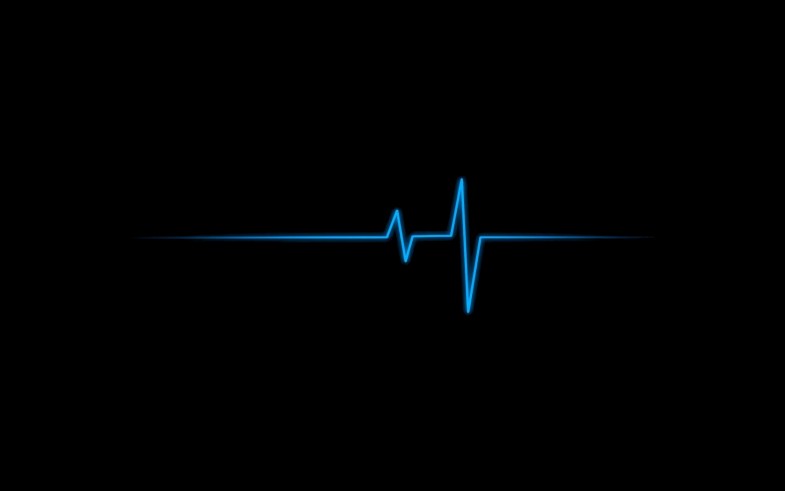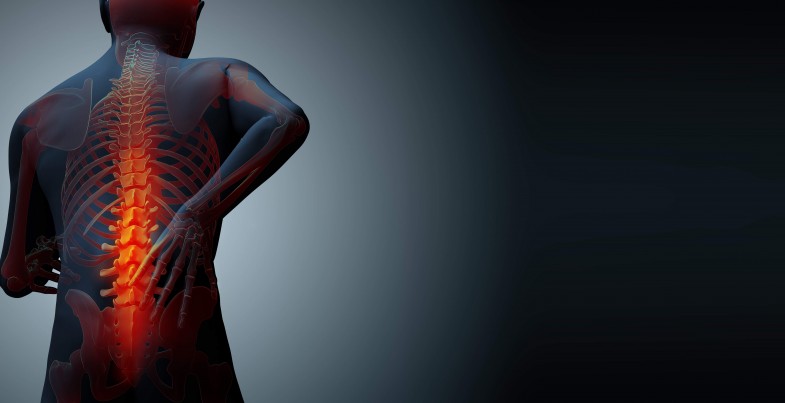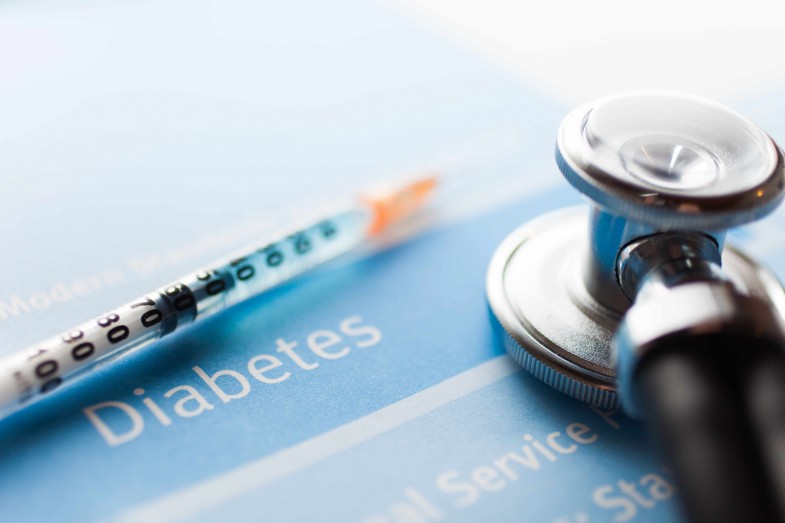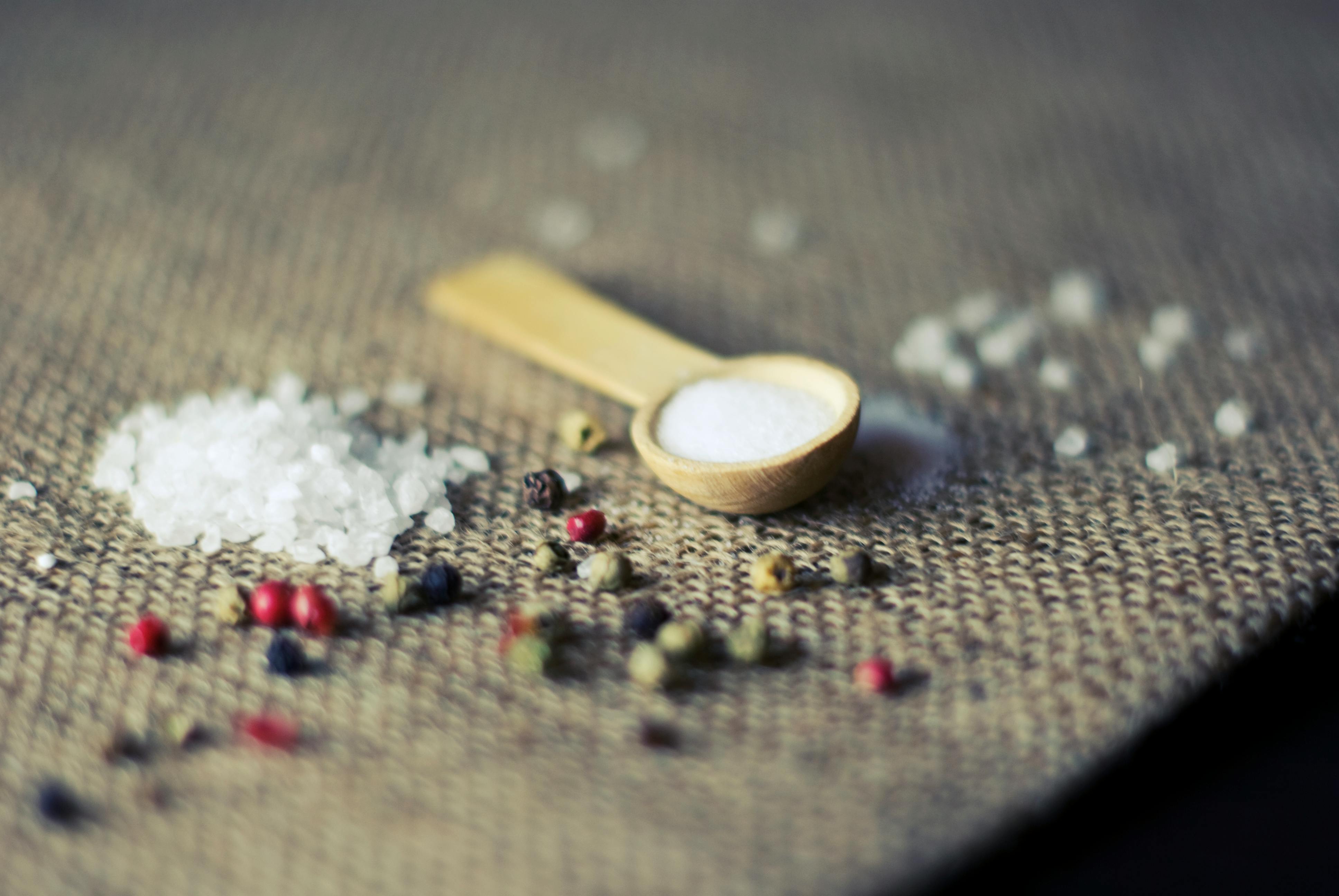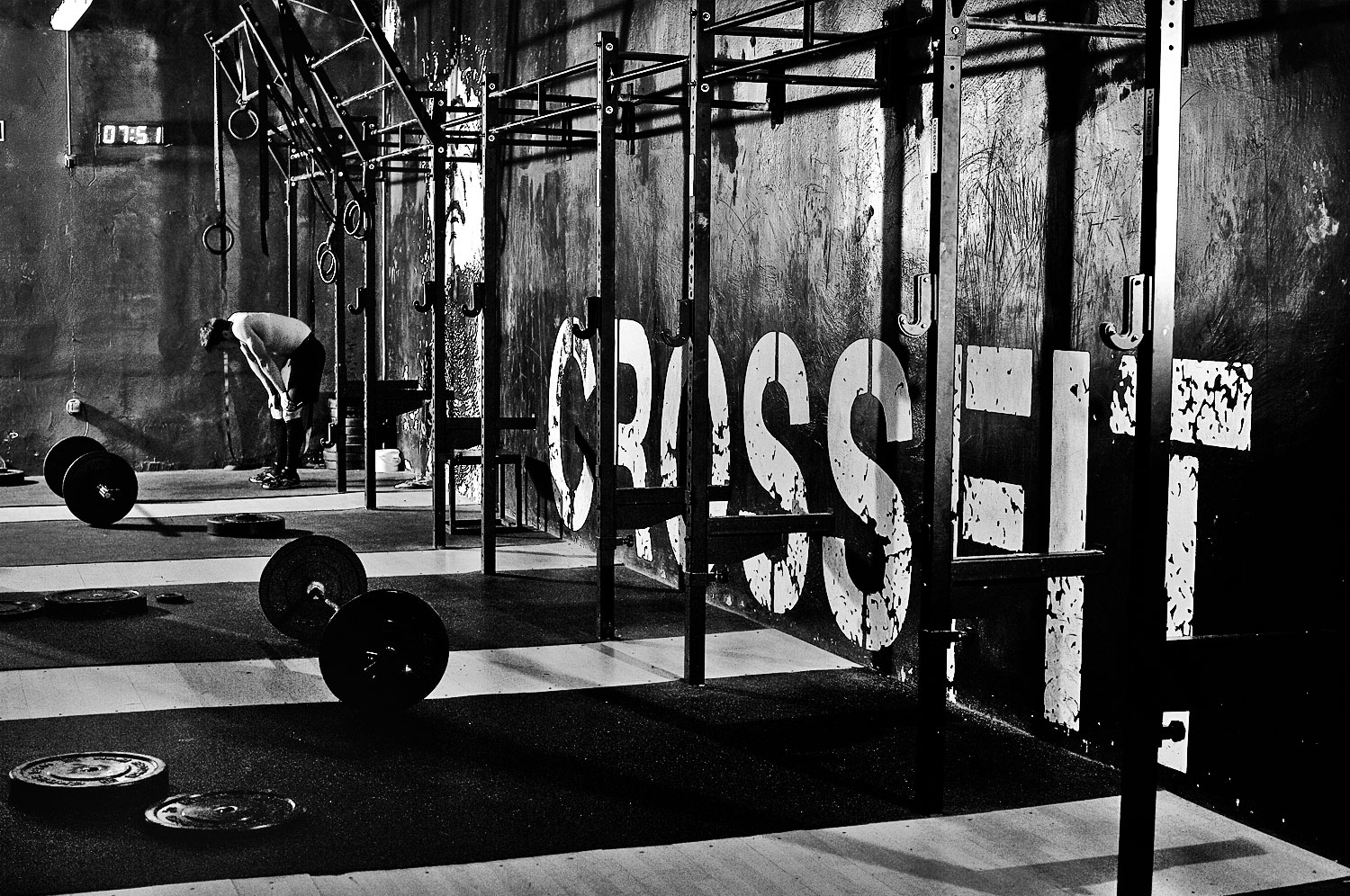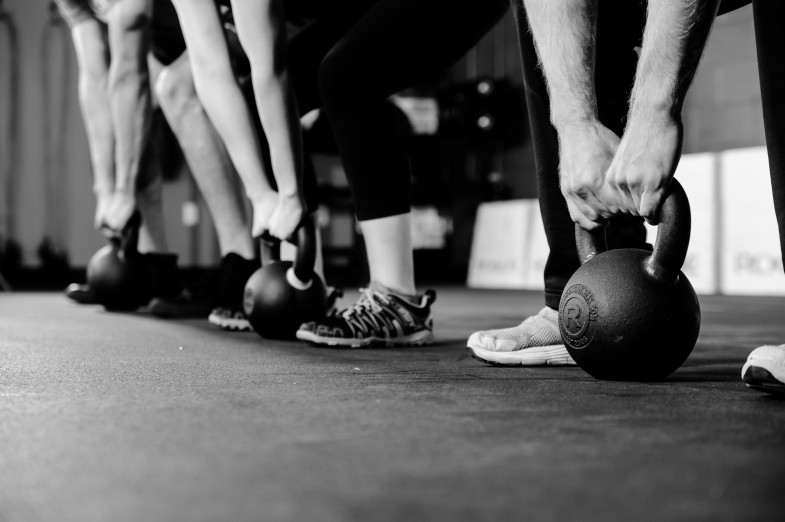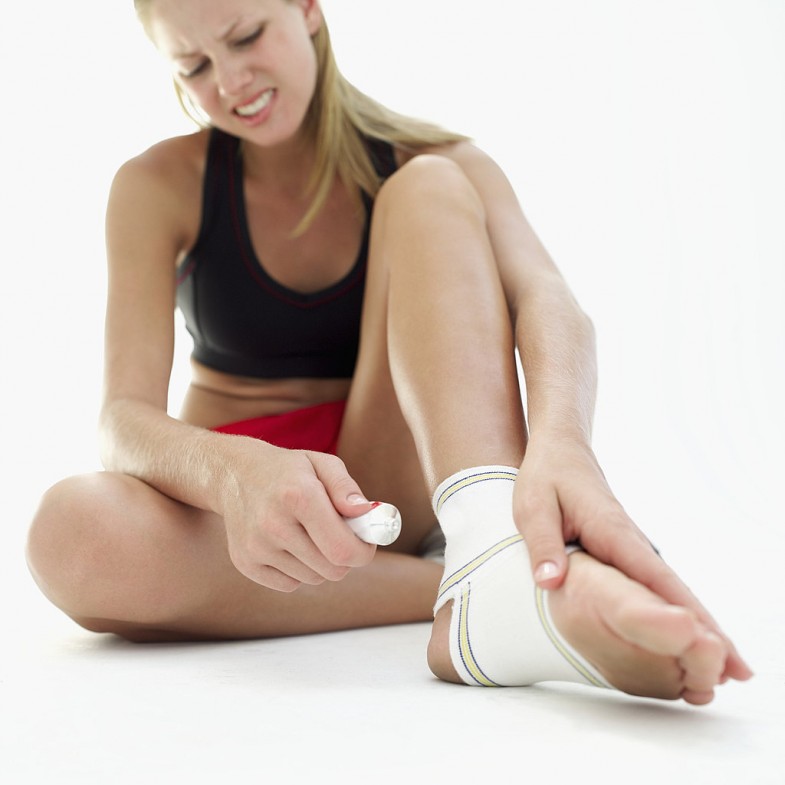Because water is so essential to the body and its processes, the benefits of drinking clean and sufficient water regularly are unbounded. In order to ensure that you are getting enough water, it is a good idea to carry a water bottle with you when you are on-the-go. Not only will this remind you to drink more water, but it will also give you an opportunity to have clean, filtered water at your fingertips no matter where you are.
I prefer to drink from a glass water bottle so that no chemicals from plastic water bottles leech into my water (namely Dioxin and BPA). Plastic water bottles are especially not good when left in a hot car/atmosphere. I know there are many different kinds of plastic, but I just decide to go glass to avoid any chemicals in plastic altogether. This Lifefactory water bottle is my favorite because it has the silicone sleeve and is easy to carry around. I also prefer to drink fluoride-free water and do so by using my Clearly Filtered water pitcher. Although fluoride is said to help with tooth decay, it is toxic and we may receive too much of it, which may cause problems for our body (specifically thyroid).
I’d also like to note that I do not put all seven things from the list below in my water at one time. I guess you could, but it might taste a little funky. I usually just do 1-3 things depending on what I have or what I think would go good together. I like putting lemon juice and apple cider vinegar (sometimes with ginger too), cloves and mint leaves, lime juice and cucumber, or lemon juice and cinnamon together.
1. Freshly-Squeezed Lemon or Lime Juice
Lemons and limes are a good source of Vitamin C, which is a very important antioxidant because it helps neutralize free radicals in the body. Lemons and limes are also good for alkalizing and cleansing the body as well as aiding in digestion because their make up is very similar to our own digestive enzymes. I like to squeeze about a half of a lemon or lime in my water bottle.
2. Fresh Mint Leaves
I have a spearmint plant out in the backyard that is growing like crazy so I started adding them to my water bottle. Mint leaves can also be grown inside as well in a pot by the windowsill. Mint improves the flow of bile and can help with activating salivary glands and digestive enzymes that help absorb the nutrients from your food. It is also a calming and soothing herb that can be used to settle an upset stomach.
3. Apple Cider Vinegar
Over the summer, I was living on Mackinac Island and got a cold. I didn’t have any natural remedies with me so I looked for some natural foods to help me feel better. I headed to the tiny market and found some Bragg’s ACV. I’ve read about many health benefits of consuming ACV and started adding a couple tablespoons to my water. I liked it so much that I started adding it to the water bottle that I took to work almost everyday! Even though it is normally bitter, it started tasting almost sweet in time, and I even craved it periodically as I kept drinking it.
I still love regularly adding it to my water because it is said to help with eliminating toxins and killing bacteria, maintaining a healthy weight, and improving digestion overall. And just like lemons and limes, ACV can also help balance the PH in your body. I like to get the unfiltered, organic ACV with the ‘mother’; a great one is made by Bragg’s.
4. Cloves
In addition to stimulating digestion, cloves can also be used for ailments of the digestive system and are thought to have anti-parasitic properties. I place about 3-5 whole cloves in my water and let them sit in there to flavor the water. When I’m finished with the water, I just eat the cloves because they have many healing properties (beware, they’re pretty hot!).
5. Ginger Root
Another one for stimulating the flow of digestive juices! Ginger is also another wonderful remedy for indigestion, cramps, nausea and gas that has been used traditionally as a medicine for thousands of years. It is an anti-inflammatory, anti-viral root that boosts circulation and may also kill cancer cells! I dice up about a thumb-sized amount of ginger and add it to my water. Like the cloves, I eat it at the end, but it is also very hot!
6. Cucumber Slices
Cucumbers add a nice fresh taste to your water, and can be eaten while drinking the water (because they float!) to help eliminate toxins from the digestive system and continue to hydrate the body. They not only contain antioxidants and fiber, but they may also help with the production of insulin in the pancreas. I like to cut the slices into quarters so I can eat them easily as I am drinking my water.
7. Cinnamon
Cinnamon is another traditional herb that also anti-fungal and anti-viral and is used to relieve indigestion. It may also help with circulation, metabolizing fats during digestion, and regulating blood-glucose levels by slowing the time it takes for food to go from the stomach to the small intestine. Place a small amount of a cinnamon stick in your water and let it flavor the water just like you would with the cloves.

